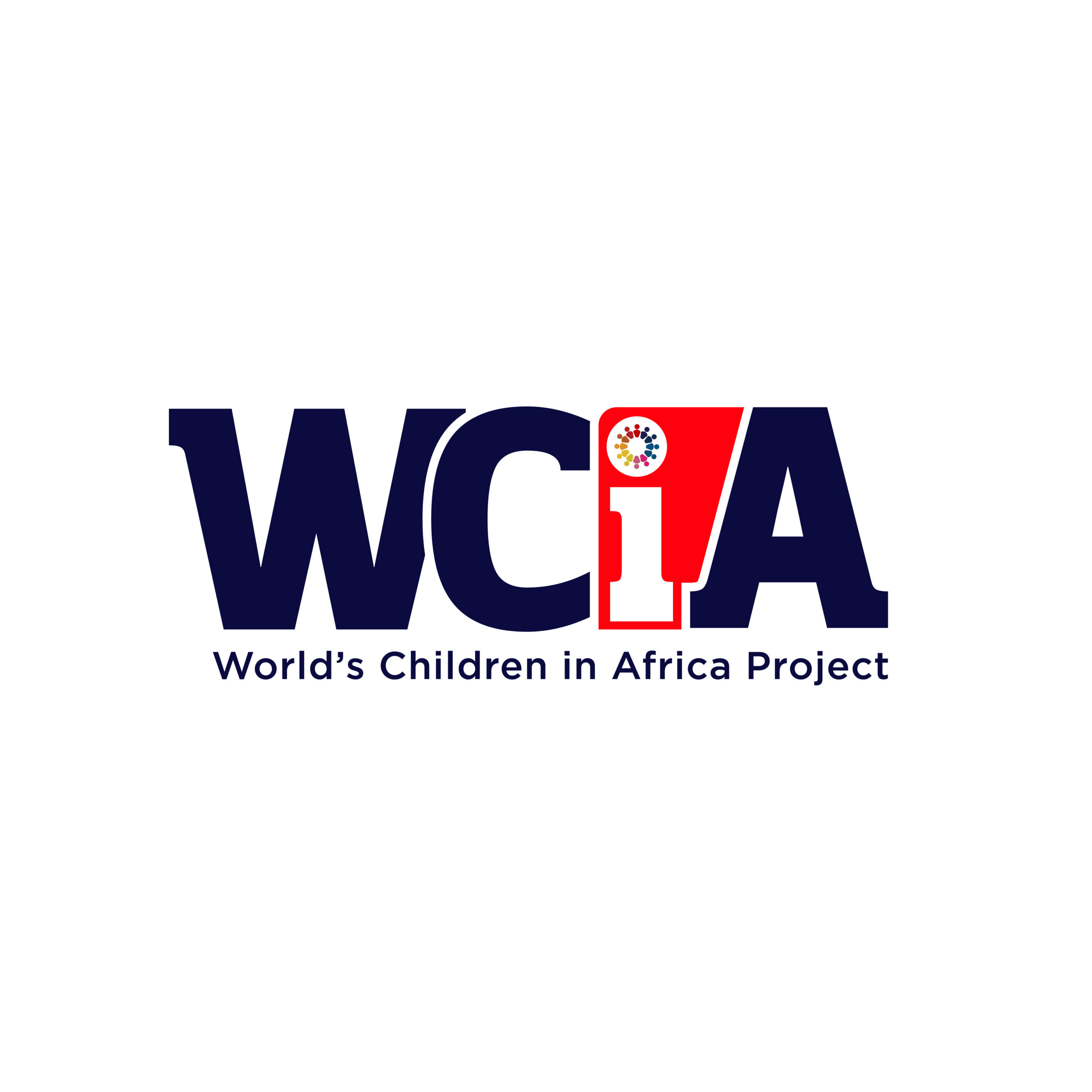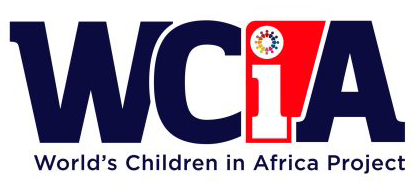ABOUT WORLD’S CHILDREN IN AFRICA (WCiA) PROJECT.
The World’s Children in Africa (WCiA) Project – a child-focused social investment CSR initiative of Net-Afrique Multiservices, is a child of circumstance; borne out of the need to prevent the sheer burden of the anticipated huge shift in world’s child population towards Africa (according to UNICEF report), with its potential to undermine attempts to eradicate poverty and the marginalization of many children in Africa; by activating potential sector’s commitments via adequate sensitization and mobilization for investments towards the pressing needs of children, in order to help emancipate the millions of poor and vulnerable world’s children in Africa, and their families, who otherwise may be left behind and devastated, thus becoming casualties of some health, education, and other disaster which may hinder the children’s integration, survival and development.
Considering the following disturbing reports by UNICEF:
- That there would be a huge shift in the world’s child population towards Africa in 2030, with the proportion of child mortality et all rising to around 70%, as Africa still accounts for about half of child mortality globally.
• That despite the MDGs’ significant achievements, millions of children are still left behind by the tides of progress.
• That the population of Africa’s under-fives will swell by 51 per cent from 179 million in 2015 to 271 million in 2050.
• That Africa’s overall child population (under-18s) will increase by two thirds from 547 million in 2015 to almost 1 billion by mid-century.
* That by 2100, Africa will be home to almost half the world’s children under 18, accounting for almost half (47 per cent) of the world population of children at that time.
* That the population explosion will be biggest in West Africa, especially in Nigeria.
• That by 2050, Nigeria alone will account for an astounding one-tenth of all births in the world, and its total population will reach 1.3 billion by the end of the century.
* That extreme poverty in the continent has undermined human rights, as well as the social and economic progress of the children, due to the fact that almost 47 percent of Africans are children under age 18, with a child dependency ratio of 73 children under age 15 per 100 persons of working age in 2015; this is against the backdrop that 4 in 10 of Africans, and almost half of Sub – Saharan African populace – about 60 percent – live below the international poverty line of US$1.25 per day;
Considering further, other UNICEF reports:
· That sub-Sahara Africa has the highest rate -70 per cent, of almost the 11 million occurrences of child deaths globally every year.
· That an estimated 660,000 deaths – mostly in children, is in Africa, with 90% of these deaths caused by malaria.
· That of the 57 million primary school age children who are out of school in the world, 53% of them are in Sub-Saharan African.
· That the year 2014 was declared by UNICEF as one of worst years for Children as a result of war, violence, atrocities and disease, mostly in the middle-east and Africa alone;
And coupled also with the unpalatable situations where:
· UNICEF Funding, in 2012, ‘Fell’ Short, Leaving Millions of Children at Risk’, as UNICEF appealed for 1.28 Billion dollars in aid for Eastern and Southern Africa alone.
• Where in 2014, UNICEF warned of a critical funding shortfall for its programs in Central African Republic, as it reported that it received less than half the funding it required in 2014 – some $42.7 million out of the $81 million requested; and for which reason it disclosed that it failed, in 2014, to help 620,000 people with basic healthcare, 250,000 children with access to clean water, 33,000 children with measles vaccines and 5,000 severely malnourished children under five, with treatment;
It is therefore only imperative, that Africa’s poor families need be supported, by investing in their children through a child–focused investment strategy in Africa that will address thematic areas, amongst which education and health are paramount; as well as protection and participation mechanisms – all just so that the millions of poor and vulnerable children in Africa can realize their rights and potentials and become able to contribute to Africa’s socio-economic and political growth, and thus enabling the African continent to reap the benefit of these children’s contribution.
Thus, the aim of the initiative is premised on the fact that without equitable investment in children, and prioritizing the poorest and most disadvantaged in the coming decades, Africa risks experiencing an ever-widening disparities among its children, with negative implications for human rights, employment, sustained growth and political stability.


